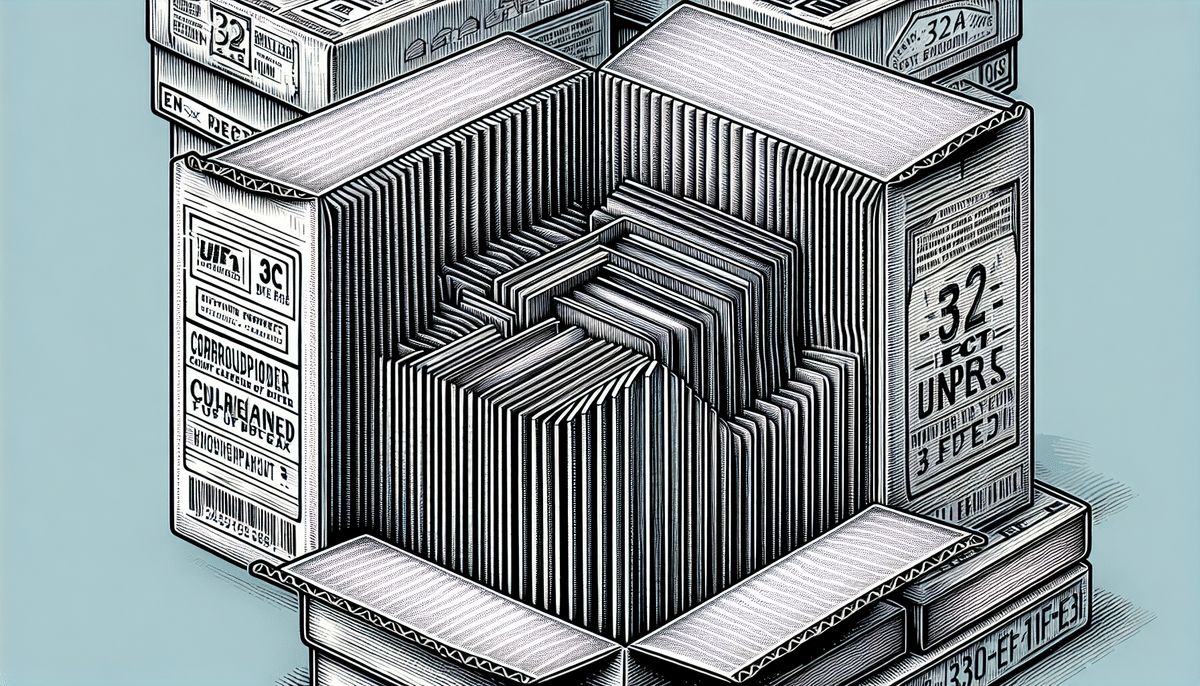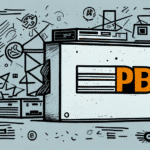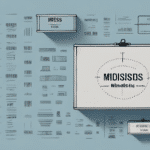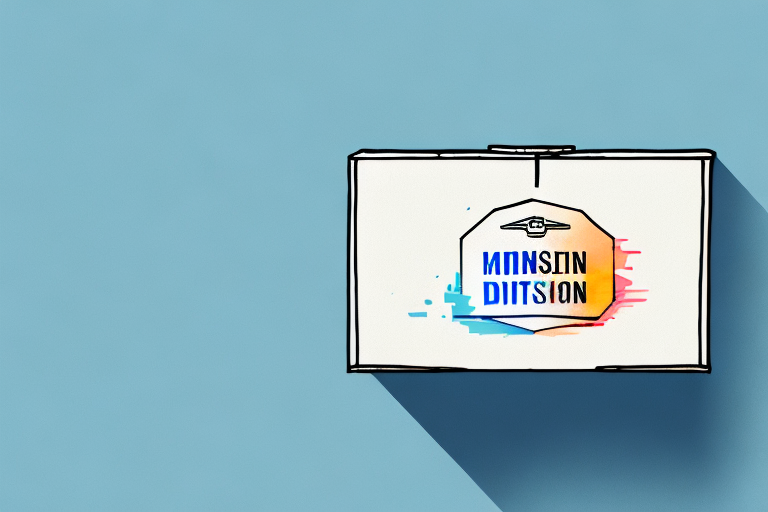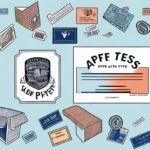Understanding 32 ECT in Corrugated Cardboard
When it comes to packaging and shipping, corrugated cardboard is a preferred choice due to its strength, durability, and sustainability. However, not all corrugated cardboard boxes offer the same level of protection. One key factor that determines a box's strength is its ECT rating. In this article, we'll delve into what a 32 ECT rating means and its significance in selecting the right packaging for your needs.
The Basics of Corrugated Cardboard
Structure and Composition
Corrugated cardboard consists of three layers: an inside liner, an outside liner, and a fluted layer in between. The fluting acts as a cushion, protecting the box's contents during shipping and handling.
Types of Corrugated Cardboard
Corrugated cardboard varies in thickness and strength. Common types include single-wall, double-wall, and triple-wall corrugated cardboard, each offering different levels of durability.
Sustainability of Corrugated Packaging
Corrugated cardboard is an eco-friendly packaging option made from recycled materials and is itself recyclable. According to the Fiber Box Association, the recovery rate for corrugated cardboard in the United States exceeds 96%, significantly reducing environmental impact.
The Significance of ECT Ratings
What is ECT?
ECT stands for Edge Crush Test, a measure of a box's ability to withstand crushing forces applied vertically to the edges. It is measured in pounds per inch (lb/in).
Why ECT Matters
ECT ratings are crucial for determining the appropriate box strength required for shipping or storing items. Higher ECT ratings indicate stronger boxes capable of handling more weight and providing better protection.
Types of Corrugated Cardboard and ECT Ratings
Single-wall corrugated cardboard typically has lower ECT ratings compared to double-wall or triple-wall varieties, making them suitable for different packaging needs based on weight and fragility of the contents.
Breaking Down the 32 ECT Rating
What Does 32 ECT Indicate?
A 32 ECT rating means the box can withstand a crushing force of 32 pounds per inch. This level of strength is sufficient for shipping and storing items such as books, clothing, and electronics.
Applications of 32 ECT Boxes
- Shipping non-fragile items like books and clothing
- General-purpose packaging
- Storing medium-weight products
Limitations of 32 ECT
While 32 ECT is adequate for many applications, it may not be suitable for extremely heavy or fragile items. In such cases, higher ECT ratings like 44 ECT or above are recommended.
Benefits of Higher ECT Ratings
Enhanced Durability and Protection
Boxes with higher ECT ratings, such as 44 ECT, offer greater resistance to crushing, making them ideal for heavy or fragile items. This reduces the risk of box failure and content damage during transit.
Cost Efficiency
Using appropriately rated boxes can prevent the need for additional packaging materials, such as padding or bubble wrap, thereby saving on shipping costs and reducing material waste.
Environmental Impact
Stronger boxes with higher ECT ratings often require fewer replacements and less repackaging, contributing to lower overall environmental impact.
Selecting the Right ECT Rating for Your Needs
Assessing Weight and Fragility
Consider the weight and fragility of the items you plan to ship or store. Heavier and more delicate items require boxes with higher ECT ratings to ensure adequate protection.
Transportation Mode
The mode of transportation can influence the required ECT rating. For example, air shipments may require stronger boxes to withstand pressure changes and rough handling.
Balancing Cost and Protection
Choosing the right ECT rating involves balancing the need for protection with cost considerations. Overestimating the required strength can lead to unnecessary expenses, while underestimating can result in damage and additional costs.
Testing ECT Strength in Corrugated Boxes
Using ECT Testers
ECT testers apply pressure to the edges of a box to measure the force required to crush it. This provides a precise measurement of the box's strength.
Manual Testing Methods
If an ECT tester is unavailable, a simple manual test can be performed by pressing down on the box edges until they begin to collapse. The force applied can be estimated and compared to the box's stated ECT rating.
Importance of Regular Testing
Regular testing and quality checks are essential to ensure that your boxes consistently meet the required ECT ratings and provide adequate protection for your contents.
Eco-Friendly Corrugated Packaging Options
Recycled Materials
Opting for boxes made from recycled corrugated cardboard helps reduce waste and supports sustainable packaging practices.
Biodegradable Packaging Solutions
Using biodegradable packaging materials, such as compostable peanuts or biodegradable fillers, can further minimize environmental impact.
Reusable Packaging
Investing in reusable packaging materials not only supports sustainability but can also offer long-term cost savings.
Conclusion
A 32 ECT rating signifies a sturdy corrugated box suitable for various shipping and storage needs. Understanding ECT ratings is essential for selecting the right packaging to ensure the safety and protection of your items. By considering factors such as weight, fragility, and transportation mode, and opting for eco-friendly packaging options, you can make informed decisions that balance protection, cost, and environmental sustainability.
For more detailed information on corrugated packaging standards, refer to resources like the Fiberboard Institute and industry publications that provide comprehensive guidelines and updates.















